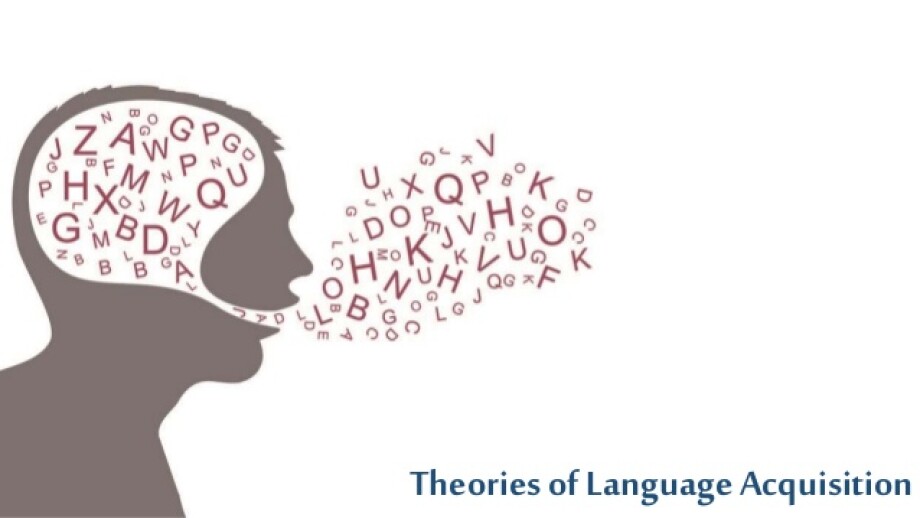Language acquisition is the process by which humans acquire the capacity to perceive and comprehend language, as well as to produce and use words and sentences to communicate with each other. Second Language acquisition requires natural communication as well. Speakers don’t concentrate on the form of the sentences but on the very meaning and on the way how to convey their thoughts to be comprehensible. In the history of the mankind, a bunch of theories has been submitted on second language acquisition. Among the outstanding ones, you can find Stephen Krashen’s theory.
Who is Stephen Krashen?
Stephen Krashen is a linguist, educational researcher, and political activist. He had his PhD in Linguistics at the University of California. Krashen has written plenty of papers, books, and articles on the second-language acquisition, bilingual education, and reading. He is famous for different hypotheses about the second-language acquisition.
Krashen’s Theory of Second Language Acquisition
Here are five principal hypotheses introduced in Krashen’s theory of second language acquisition:
- the Acquisition-Learning hypothesis;
- the Monitor hypothesis;
- the Natural Order hypothesis;
- the Input hypothesis;
- and the Affective Filter hypothesis.
The acquisition-learning hypothesis is considered to be the basis in Krashen’s theory, as it is here, where he clearly distinguishes between ‘the acquired system’ and ‘the learned system’. The ‘acquired system’ or ‘acquisition’ is a subconscious process that is similar to the process people go through when they start to acquire their mother tongue. In fact, during this process speakers concentrate on the communicative act and not on the formation of the sentences.
Whereas the «learned system» or «learning» is a conscious process, where the learner gets some knowledge about the language. This knowledge can be grammar, pronunciation or writing skills. According to Krashen ‘learning’ is less important than ‘acquisition’.
The Monitor hypothesis shows the link between acquisition and learning and how they affect each other. The monitoring function is the practical result of the learned grammar. According to Krashen, the learning system ‘monitors’ or ‘edits’ what has already been acquired. He states that the role of the monitor is less important than the process of acquisition.
The Natural Order hypothesis suggests that the acquisition of grammatical structures follows a ‘natural order’ which is predictable. When children learn their first language, they acquire grammatical structures in a ‘natural’ order. There are some grammatical structures that are acquired earlier than others. The same process happens while learning a foreign language. However, Krashen highlights that a language program syllabus should be based on the order found in the studies. He rejects grammatical sequencing when the goal is language acquisition.
The Input hypothesis introduces the process of second language acquisition. This hypothesis is not connected with ‘learning’. According to it, the learner improves and progresses along the ‘natural order’ when he gets second language ‘input’ that is one step beyond his current stage of linguistic competence. We all acquire the language in the same way irrespective of cultural or national backgrounds. And in learning the language neither repetition nor writing can help you understand the message conveyed. So we acquire the language only in one way, when we understand the messages, what people tell us and not how they tell it. It is called comprehensible input. There have been used many methods and approaches in learning a foreign language: grammar teachings, drills, exercises, computers,etc. But the only thing that really matters is understanding the messages — comprehensible input. Input can be made comprehensible with the help of gestures, pictures, objects, knowledge of the world.
The first stage of picking out the comprehensible input is listening. During this stage, the learner gets the necessary information, tries to understand the utterances. The second stage of language acquisition is speaking. It is the result of all the comprehensible input the learner gets through a period of time.
The last one is the Affective Filter hypothesis, which suggests a number of ‘affective variables’. The research on language acquisition has concluded that there are several factors that relate to success in language acquisition. According to Krashen, variables such as motivation, self-confidence, and anxiety can have a facilitative, but not a crucial role in foreign language acquisition. For language acquisition to really succeed anxiety should be zero. And learners with high motivation and self-confidence are more likely to succeed in second language acquisition, than those with low motivation, and bigger anxiety. When the topic of conversation is getting more and more interesting that the speaker even forgets that he is using another language, it means he is acquiring the language. The speaker’s focus is completely on the message, on what his friend is saying and thus his anxiety is gone.
We can adduce some simple, but practical examples to prove the validity of Krashen’s theory and to show how it is implemented in our real life. The acquisition of the language can be carried out through cartoons or films. Lots of kids watch cartoons in foreign languages and end up with understanding the main idea of the story. Gradually, they acquire the language, and after the first step of acquisition, listening, is done, they begin to utter simple words in a foreign language.
Another example of language acquisition is when you begin to understand the language due to the necessity. Imagine, you travel abroad on your business and you don’t know the language of that country. All the people surrounding you — at a hotel, in the streets or restaurants, speak this language. At first, you may have some linguistic shock but step by step, again through listening, you will understand and acquire the language.
To sum up we can state that the crucial idea of Krashen’s theory is meaningful and natural communication, which is carried out by acquiring the target language and not by learning its grammatical rules. And as Stephen Krashen notes: “We acquire the language in one way and only in one way, when we get comprehensible input in a low anxiety environment”.






 Ольга Клементьева
Ольга Клементьева 
 Анна Тетерина
Анна Тетерина 
 Диляра Биктагирова
Диляра Биктагирова 
 Маргарита Аветисян
Маргарита Аветисян 
